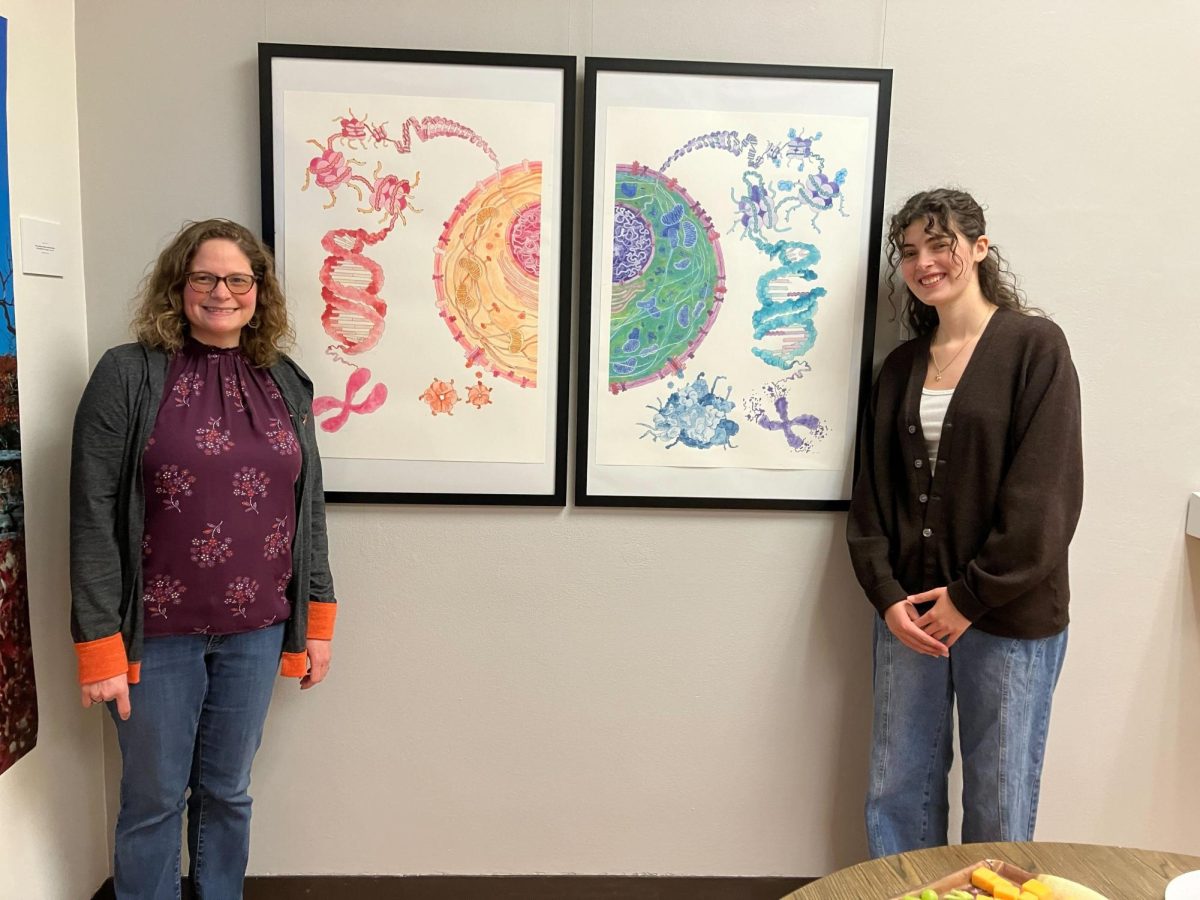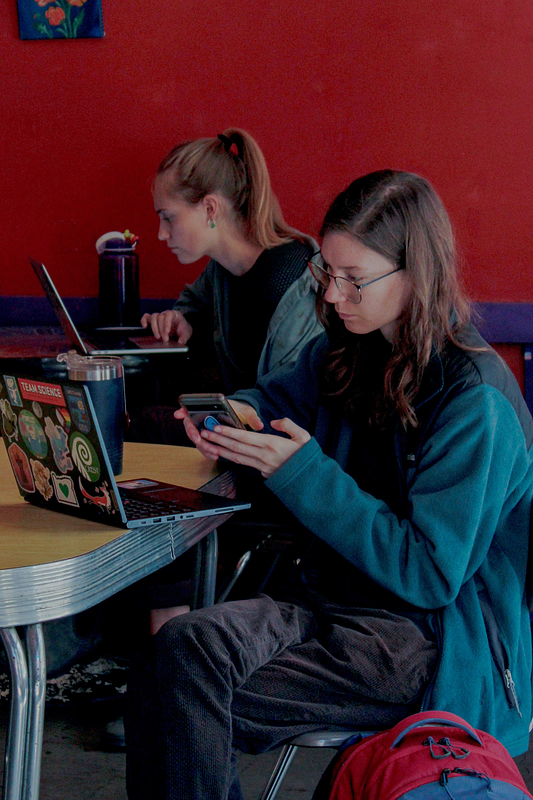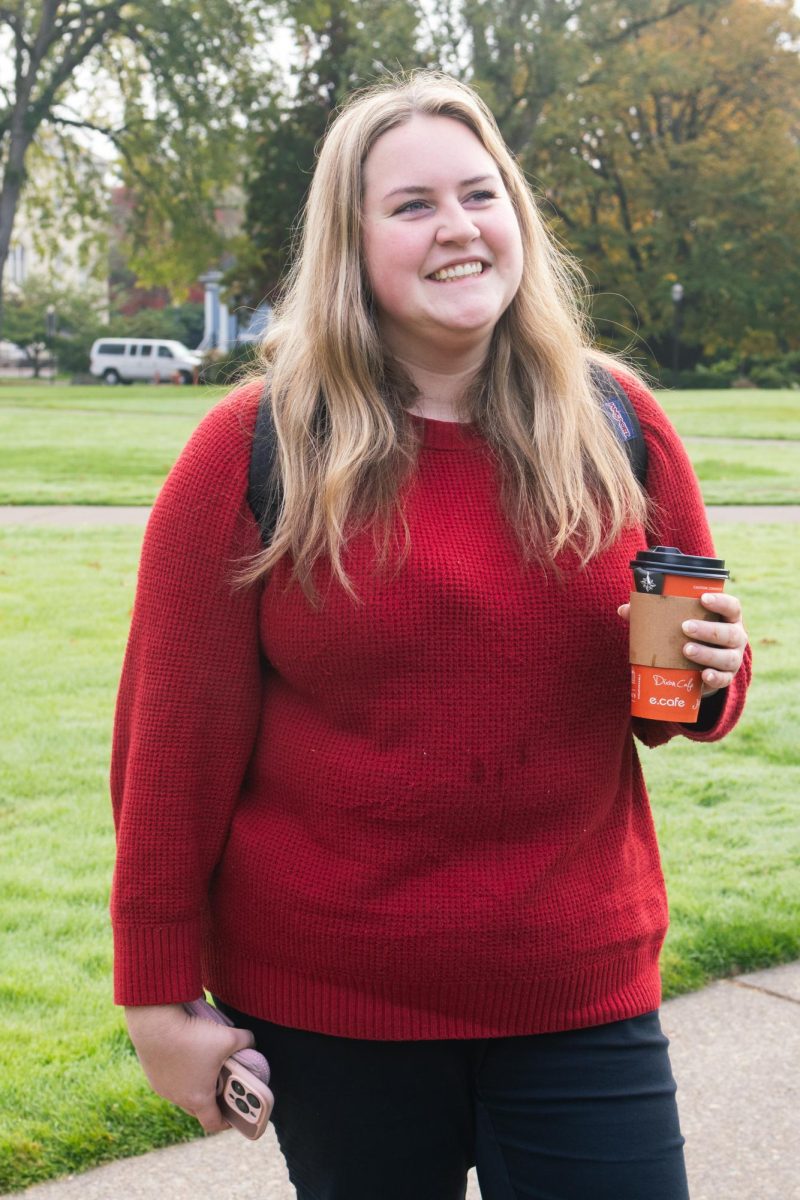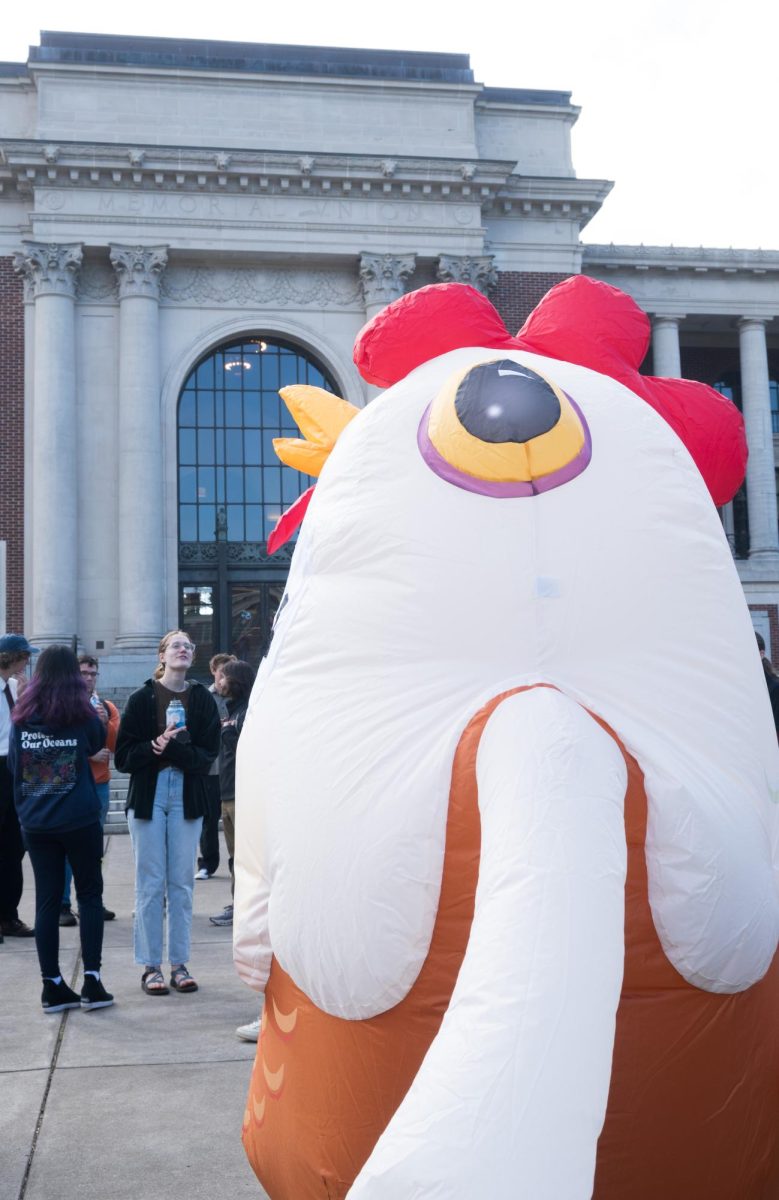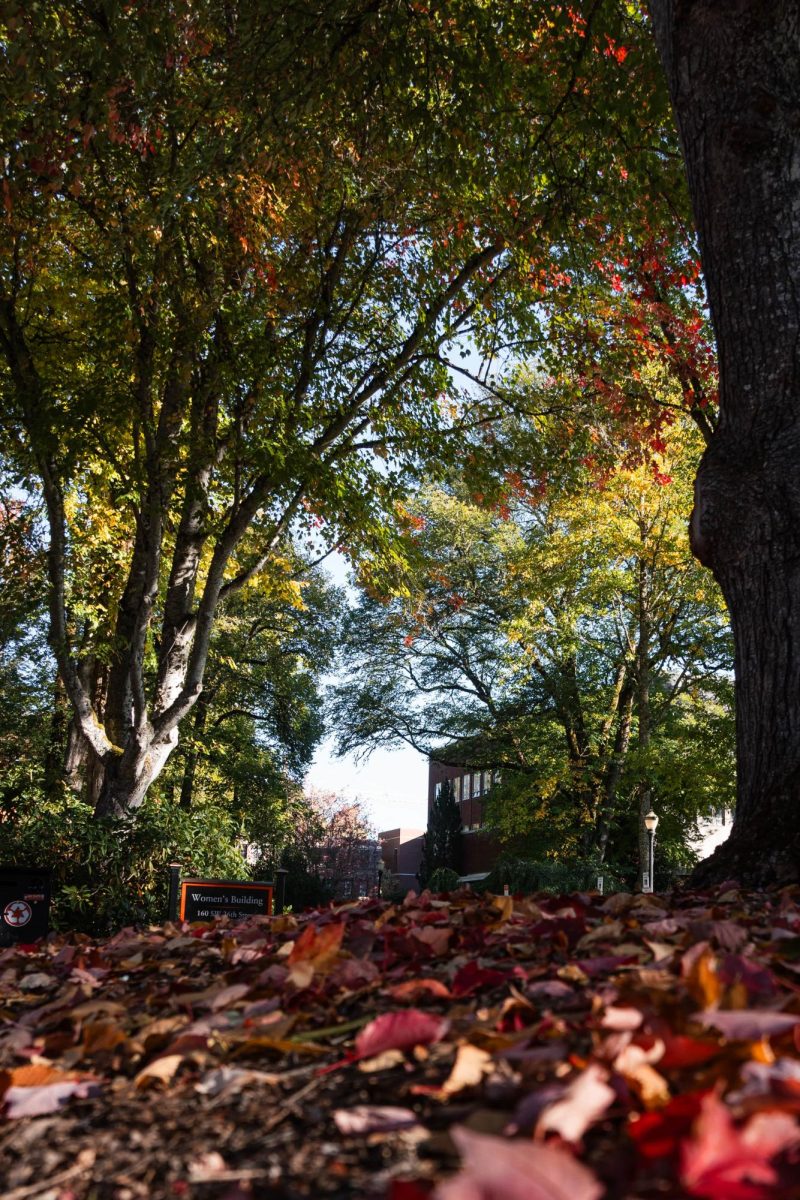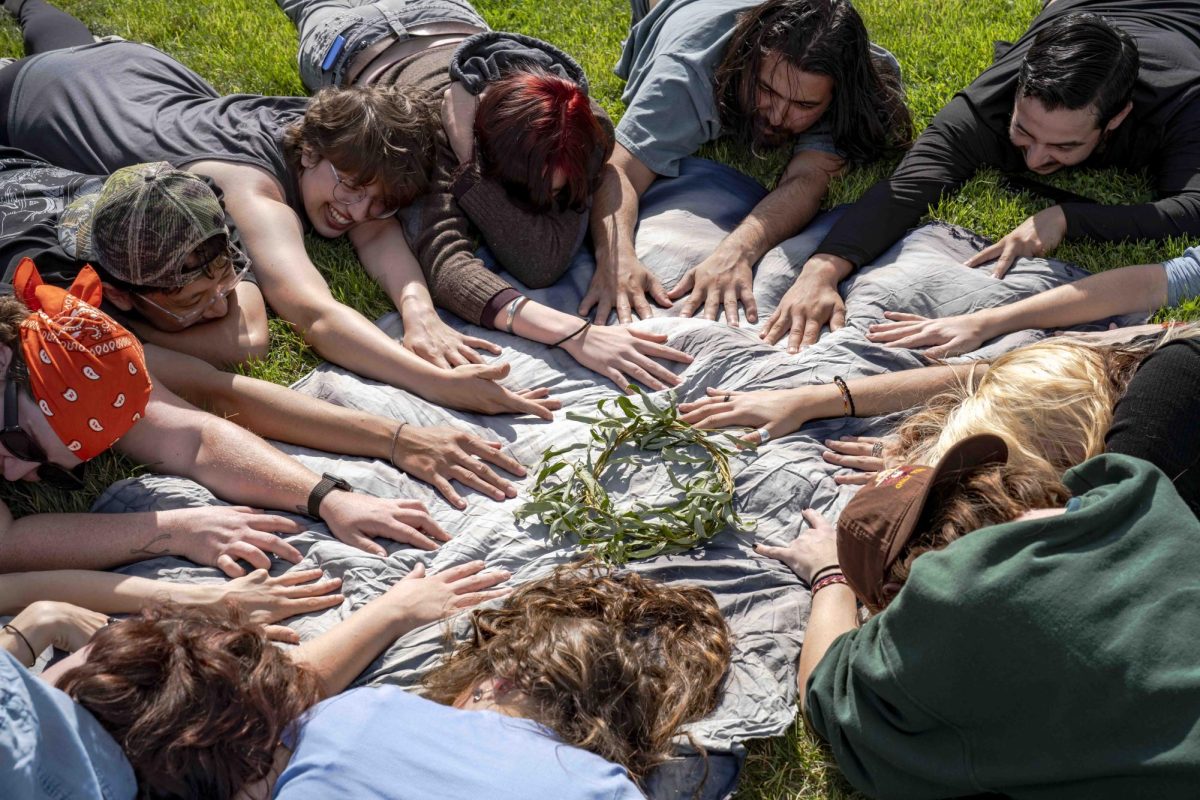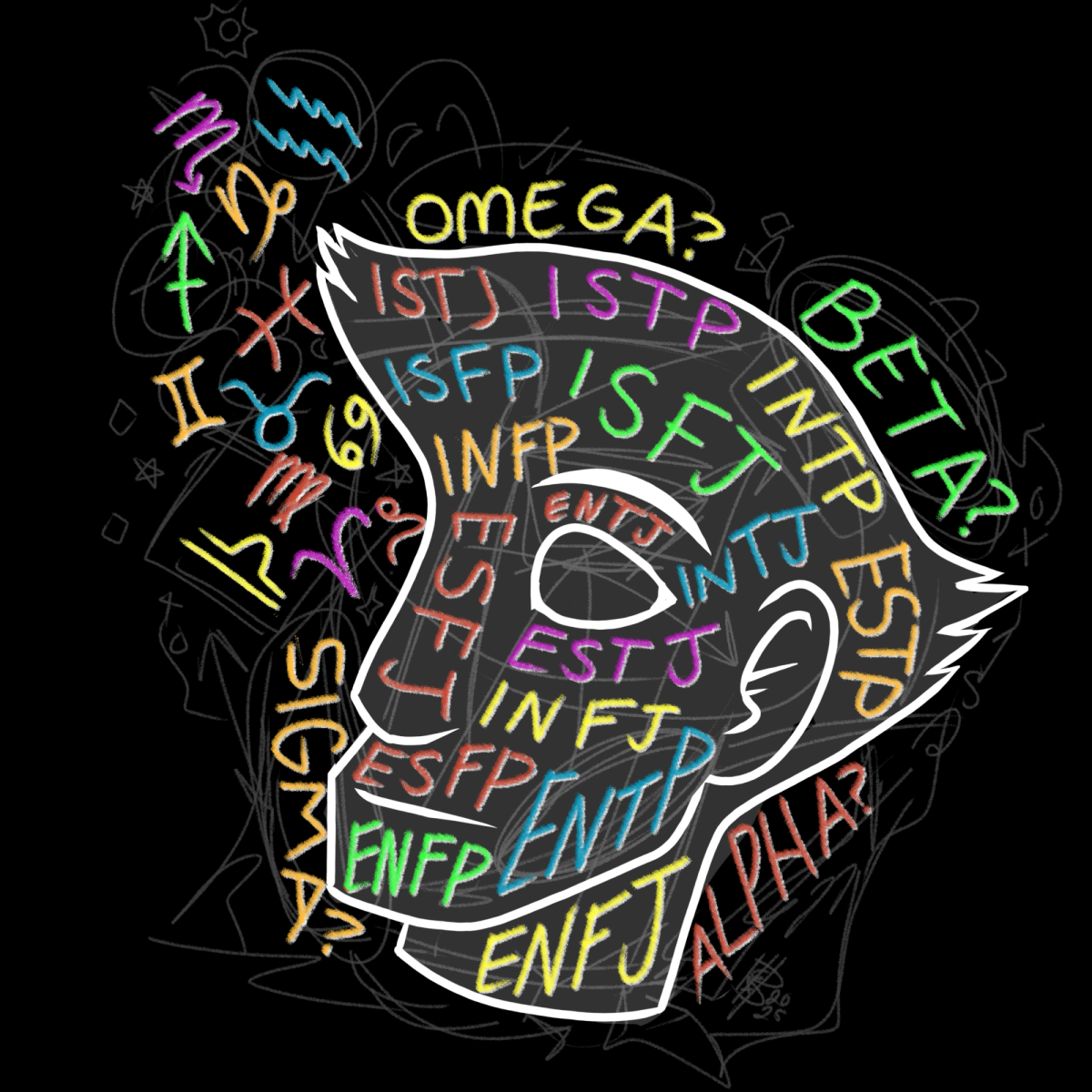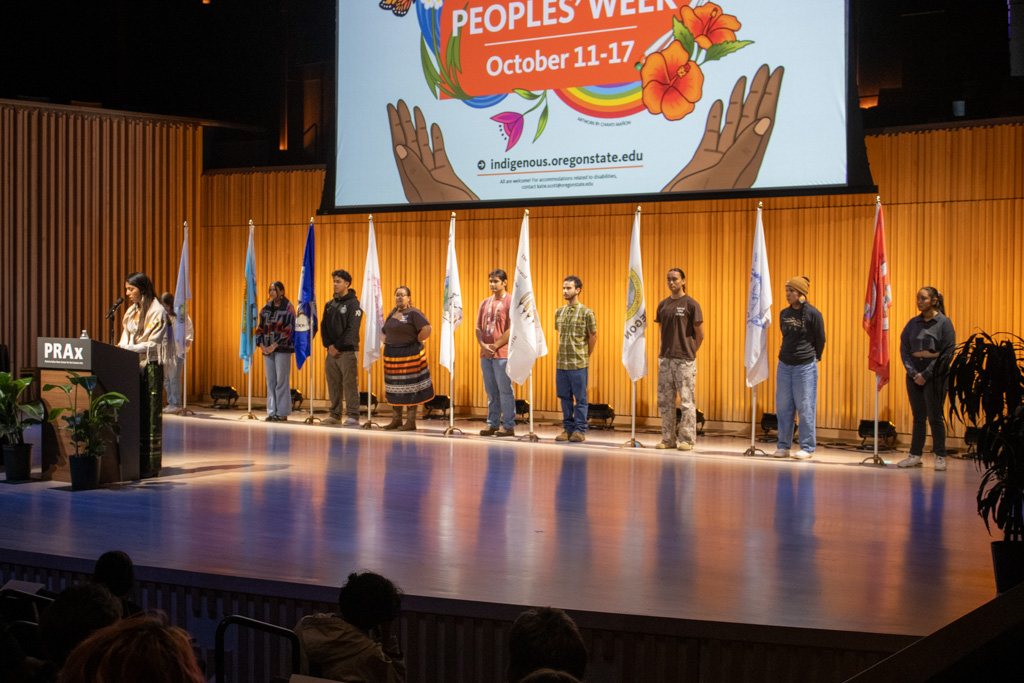Editor’s Note: This column does not represent the opinion of Beaver’s Digest. This column reflects the personal opinions of the writer.
I recently finished a year-long fellowship through the new PRAx Center that culminated in a piece of art depicting the hallmarks of cellular aging. I was also honored to accept the assistant editorship at Beaver’s Digest at the same time.
Neither of these things has anything to do with my biochemistry degree. I’m not learning about extracellular matrices or putting in time at the lab bench, but painting and writing have made me a better scientist. They have made me engage actively with the research I was already involved in, and curious to learn more about other research.
Science is a creative discipline; coming up with hypotheses and efficient experiments can oftentimes demand large steps out of the box. More so than anything, writing and painting force me to drag my mental wheels out of the ruts science has carved and seek out new paths to the same knowledge. They have exercised my creativity in unprecedented ways.
It would make sense that creativity rewards interdisciplinary approaches. There are too many examples where melding together a knowledge brings revolutionary change. Melding of the natural world and artistic principles pulled western art out of the drab middle ages.
But, when it comes to science, it seems as though this principle has been forgotten or — rather — shunned.
Our society has come to value the hard sciences above all other academic disciplines, creating thousands of intellectually brilliant and supremely rational scientists, engineers, doctors and programmers. University money filters through locker rooms and laboratories before it touches the literature classroom or studio.
However, interdisciplinary pursuits are one of the most valuable things someone can have — especially scientists.
In a paper published in 2008, it was determined that Nobel Prize recipients were nearly three times more likely to engage in creative hobbies than their scientific counterparts.
In a different paper published in 2022, researchers found Nobel prizes most often go to candidates who defy specialization — winners synthesize information from varied fields and even their hobbies to innovate.
“Although scientists are often inclined to read poetry and enjoy music, they seldom try to incorporate such interests into their professional work, feeling perhaps that art represents emotional or spiritual influences inappropriate to the rigorous logic of the laboratory,” said Joseph Meeker, an ecologist and author of a paper on the subject.
An infamous manifestation of these worries even has a name: the Sagan Effect.
The effect was named after Carl Sagan, a celebrated planetary scientist and astronomer, who averaged a scientific peer-reviewed paper per month throughout his career, was denied entry into the National Academy of Sciences. His extracurricular pursuits were the alleged culprits, writing a number of books and starring on PBS’s “Cosmos”.
Put simply, this is the perception that scientists who visibly engage in nonscientific pursuits are worse academics than those scientists whose interests are exclusively academic.
Sean Carroll, a research professor at Caltech — and science writer — wrote a widely read blog post titled “How To Get Tenure at a Major Research University,” drawing partially from his own previous failed tenure attempt at the University of Chicago.
In the post, Carroll offers straightforward, even self-evident snippets of advice: “Do good research; Make an impact in the field; Bring in grant money.”
Others are more counterintuitive: “Don’t be too well known outside the field; Don’t write a book; Choose your hobbies wisely.”
Carroll put on blank display what may be mostly unconscious in the minds of many; if a scientist isn’t doing science, an engineer isn’t bent over their calculator, or a programmer hunched in front of the computer, then they’re not doing their job right.
“Physics departments in universities are supposed to produce physicists who will spend their lives doing physics,” Meeker said.
After all, the Bhagavad Gita never taught Robert Oppenheimer how to build the first nuclear warhead. It only helped him cope with the political, scientific and humanitarian consequences of its detonation.
So STEM students rack up increasingly specialized classes as their university careers progress, progressing down a narrowing tunnel towards specialization. My freshman year, I took general chemistry, now I’m taking functional genomics.
These classes serve to pour important information into a pool of knowledge I will dip from throughout my career in science — basic facts, the principles of the natural world. But they can’t teach the most important and profitable skills that make scientists truly succeed.
Researchers constantly write grants, papers and are expected to communicate their findings to non-specialty audiences. While these aren’t necessarily works of fiction, they benefit from creatively explaining the research and why it’s important. This brings in grant money and prestige, invaluable to a scientist.
Having to think abstractly and artistically makes it easier to look at data and start to put together a bigger picture — to connect pieces I would not have thought of and perhaps reveal significant information.
But anything that unhinges us from our current way of thinking can bring this about, not just art and writing. Einstein played the violin, Erwin Schrodinger made miniature dollhouse furniture and wove upholstery on a tiny loom.
Not only am I a better scientist for these pursuits, but I am a better artist and writer because of my scientific backgrounds — creativity flows in all directions. Although my fellowship is finished, I have continued painting and am excited to continue writing in this upcoming year.
Summer is a good time to start following those interdisciplinary butterflies. You never know, they could just lead to a Nobel prize.

